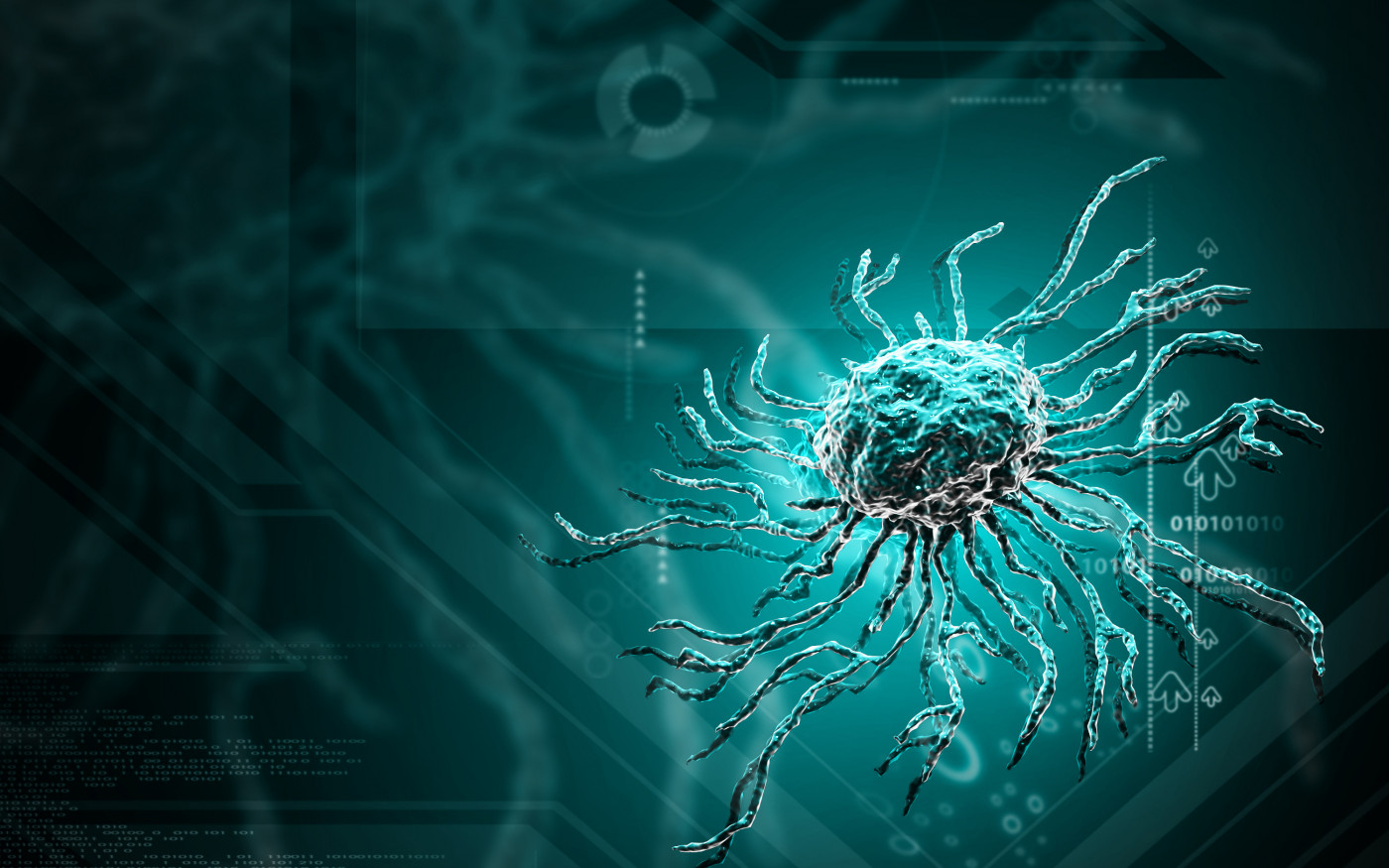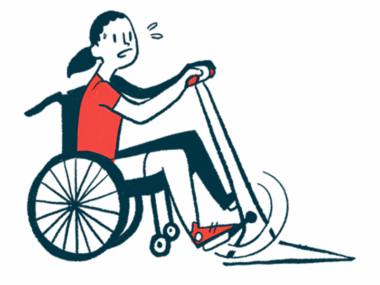Stem Cell Transplant Lessens Disability and Relapses in RRMS Patients, Phase 2 Trial Shows
Written by |

Treatment with autologous hematopoietic stem cell transplant (aHSCT) led to a sustained decrease in disability and almost no clinical relapses in patients with relapsing-remitting multiple sclerosis (RRMS) who had failed to respond to prior immunosuppressive therapies, an Australian Phase 2 trial shows.
Trial findings were published in the study, “Prospective phase II clinical trial of autologous haematopoietic stem cell transplant for treatment refractory multiple sclerosis,” in the Journal of Neurology, Neurosurgery & Psychiatry.
Multiple sclerosis (MS) is characterized by chronic inflammation that affects the nerves of the central nervous system (brain and spinal cord). The immune system intermittently causes loss of myelin, the protective cover of neurons, and triggers nerve cell death, causing significant neurological and motor disability.
Due to its immunological origin, patients with RRMS have periods of severe symptoms followed by periods of partial or complete remission. These patients are thought to benefit from treatment with immunotherapies; however, this kind of therapy can lead to secondary effects.
A different therapeutic approach, called an autologous hematopoietic stem cell transplant, has been shown to suppress clinical relapses and inflammation, and even reverse disability in patients with RRMS and possibly also with secondary progressive MS (SPMS).
aHSCT is performed using the patient’s own hematopoietic stem cells, which are harvested and reinfused after a high dose of chemotherapy is used to destroy the immune cells reactive against the nervous system.
The strategy is aimed at reconstituting a tolerant immune system in MS patients. However, it remains unclear which patients will better respond to the therapy.
A team of researchers in Australia performed a prospective Phase 2 single-center trial (ACTRN12613000339752) to assess the efficacy of the treatment, and compare the results with non-Hodgkin’s lymphoma patients who underwent similar transplants.
The trial recruited a total of 35 patients, 20 of whom were diagnosed with RRMS and 15 with SPMS. The median age of the patients was 37 years, and the majority (69 percent) had been treated with four or more disease-modifying therapies, including Tysabri (natalizumab), but eventually relapsed.
Patients received a median of 7.41 million hematopoietic stem cells per kilogram of body weight, and were followed for a median of 36 months. Before the transplant, they were given a high dose of a chemotherapy combo, called BEAM, delivered into the blood to erase their immune system before the stem cell transplant.
The trial’s primary objective was event-free survival (EFS), meaning no relapses and no disability progression.
The overall EFS at three years was 60%. Patients with RRMS, in particular, showed an EFS of 90% for the first year, and 70% for the remaining two years; and a relapse-free survival of 97% at one year, and 90% at two and three years.
The overall scores on the Expanded Disability Status Scale (EDSS), commonly used for evaluating the severity of MS, showed a sustained significant decrease, meaning less disability. This improvement in EDSS score was largely seen in RRMS patients, with a mean decrease of 1.484 at three years.
According to the team, the EDSS data “confirm that patients with RRMS respond more favorably to aHSCT than SPMS. … As a result of this finding, our clinical trial criteria have been modified to only include patients with RRMS.”
Post-transplant survival and overall survival in the study was 100%. There were no treatment-related deaths, but due to the high chemotherapy dose used, patients experienced complications that include mucositis (inflammation in the form of ulcers in the mouth or gut), nausea, and alopecia. The median length of their hospitalization was 23 days, 16 days post-stem cell transfusion.
Moreover, the combination of BEAM chemotherapy followed by stem cell transfusion led to a decrease in pro-inflammatory immune T-cells, and to the recovery of a group of protective T-cells, called CD39-positive T-cells, which belong to the group of regulatory T-cells — those that keep the immune system from attacking its own tissues, and have a beneficial role in MS.
These changes were not detected in the non-Hodgkin’s lymphoma patients who received the same treatment.
“In conclusion, this study provides further evidence that aHSCT using BEAM/ATG conditioning is a highly efficacious therapy for patients with MS, even after failing multiple therapies,” the researchers wrote, suggesting that failing multiple therapies “does not reduce the effectiveness of aHSCT.”
According to the team, “this data is in agreement with other studies and recent guidelines, and confirms the important role of aHSCT as a therapeutic option for patients with RRMS.”





